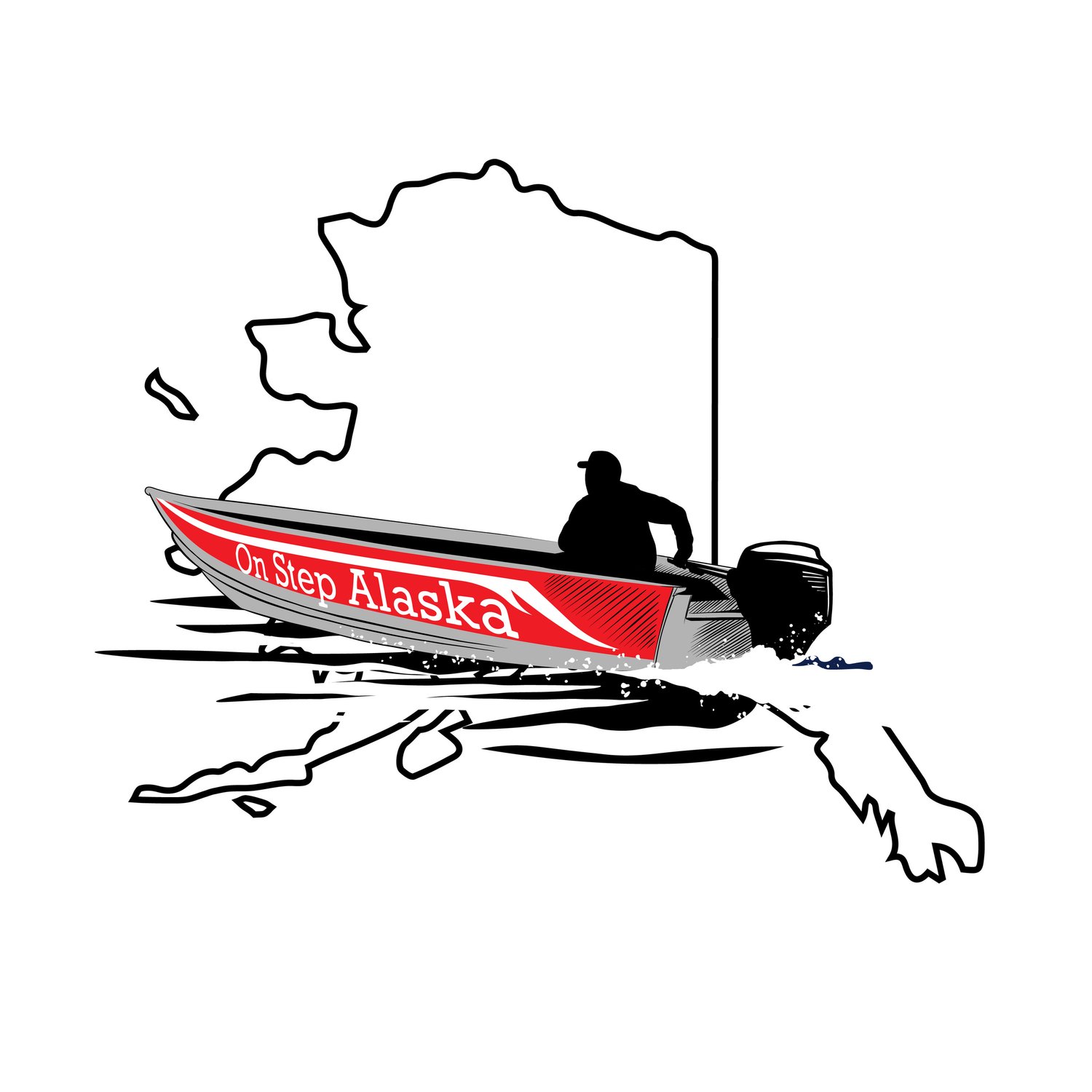The wait is almost over
This article appeared in the Feb. 14 issue of Juneau Empire.
Clarity comes on Friday.
It won’t be one that really makes or breaks 2024, it’s simply some clarity. Will I go on a draw hunt? Or will I take advantage of registration and over-the—counter tags?
I don’t have anything special planned for the release of the results, mostly because I’ll be on a plane to Anchorage for a conference. By that point I’ll know whether or not I have permission from the state to have a limited-edition adventure.
It’s pretty wild to think about deep and specific adventures occurring only if we win the lottery, and if we have the money and time to then take advantage of it.
The modern concept of time is a constant threat since we try to cram things into the limited free time we have, doing things that our financial situation will allow, all while our body is able.
When Frank Glaser walked to Fairbanks from Valdez in 1915, it took what it took. When Ada Blackjack joined a year-long Arctic Expedition to Wrangel Island north of Siberia, it wasn’t a marketable decision made for clout or glory. It was just a year and a job.
The expedition had concluded and the five members were waiting for pick up in August of 1922. With a limited window, the team became increasingly worried as they had failed to ration food, especially in the weeks leading up to their planned pick up. When the ocean froze and the ship became unable to officially conclude the expedition, the survival story began. Three of the members trekked out across the ice in January of 1923, attempting to reach Siberia, then across the frozen ocean and eventually to Nome, but were never found.
Blackjack and a dysentery-stricken Lorne Knight languished alone. Knight was bedridden, losing weight and teeth while Blackjack attempted to hunt and care for him, all the while being terrified of polar bears which roamed the area. Knight died June 23, 1923, leaving Blackjack alone until August 20 when she was finally rescued.
In late 1924, after the last ship had left Nome making it icebound and essentially cut off from civilization, a few children in the area fell ill with sore throats, swollen glands and fever. The illness worsened and included gray ulcers on the tonsils of the victims which spread deep into the throat. Left untreated, a diphtheria infection spreads and leads to suffocation.
The first man on the relay to get the lifesaving serum from Nenana to Nome was Bill Shannon who nearly died. He suffered severe frostbite as temperatures dropped to as low as minus 62 during his 52-mile leg. Though each of the 20 participants was heroic, the final leg was completed by Gunnner Kaasen who delivered the serum as the anchor leg. His lead dog Balto became the most famous member of the relay team and earned a statue in Central Park which was unveiled Dec. 16, 1925. Now humans race to Nome for a recreational adventure, glory and cash prizes.
Contemporary society has us gathering around a computer looking to see if we are one of the few to draw coveted tags. If not, we’ll make a couple adventurous trips and another year will pass. This is a conflicting realization because I certainly don’t want to go back to the time before penicillin, tetanus shots and contact lenses. But the accessibility of adventure makes many of us long for the elements of the old days. What we had then is what we want now. What we have now is what we would have wanted then.
In addition to providing hunting clarity for 2024, the draw is also a reminder of the finite time we have to pursue a story worth telling.

